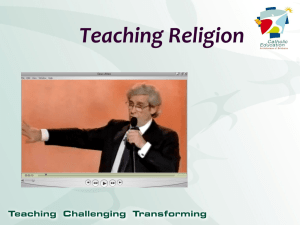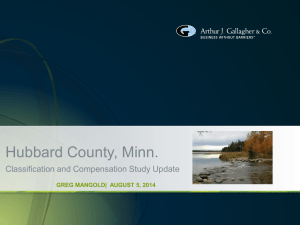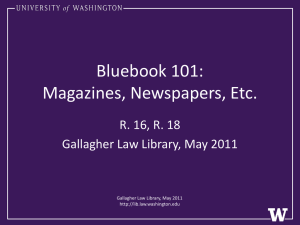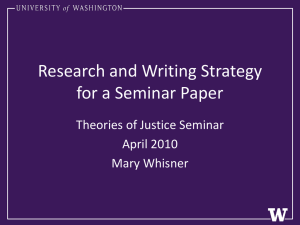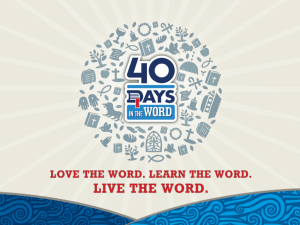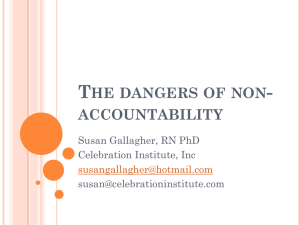The Kerygmatic Approach to Religious Education
advertisement
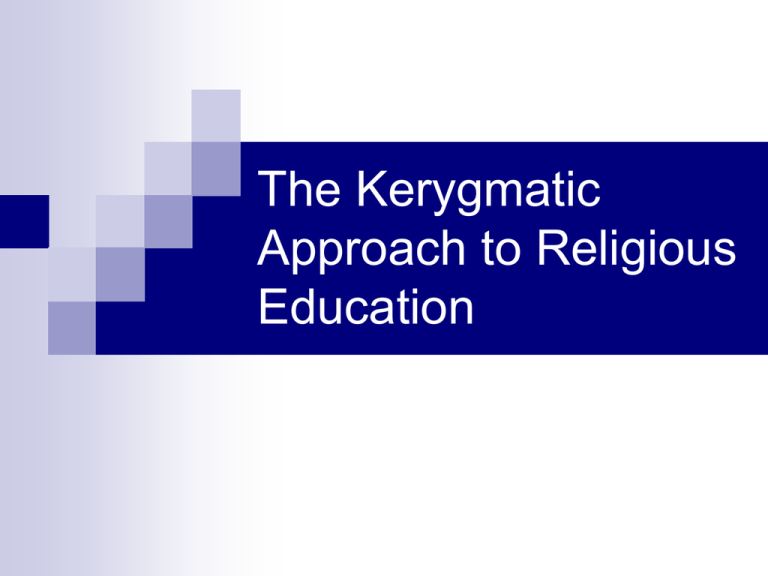
The Kerygmatic Approach to Religious Education During the early twentieth century, the kerygmatic movement developed in the Catholic Church as a result of a growing dissatisfaction with the dogmatic approach in religious education. Changes to religious education came at a time when United Kingdom and United States of America teachers of religious education started to question whether rote learning and memorisation of facts was the most effective approach to teaching (Whenman, 2012). Hobson and Welbourne (2002) state that since Vatican II a quantum leap has been made from an approach that concentrated on memorised doctrine to a process that applies critical reason to Christian texts, rituals and symbols. As early as the mid nineteenth century there were developments in theological thinking (Gallagher, 2001). Thinking included viewing the Church as a community rather than the church being an impenetrable fortress. Lance (as cited in Gallagher, 2001) states the purpose of the kerygmatic approach was to enable students to reflect on themselves and their lives and to examine these in depth so that they came to see God present in their own lives. The aim being to renew the significance of the Church liturgies and scriptures. Advantages The kerygmatic movement signified an important change. The Bible became a much more important tool in religious education. A series of text books were integrated into classrooms such as ‘My Way to God’ which led to new styles of teaching that resulted in improved engagement of student learning (Whenman, 2012). Rummery (1977) states another advantage was that the gap between teachers and students lessened as both were seen as participants. This less formal relationship between student and teacher allowed for informed discussion. The catechism was no longer used as a starting point for discussion rather, it was used to link to students’ life experiences. Limitations Gallagher (2001) identifies the disadvantages in the approach were that many of those involved in teaching religion were ill equipped to cope with the change from dogmatic to the kerygmatic approach. Many religious educators failed to make the historical approach relevant to children in the twentieth century. Bible stories became repetitious and were not modified to suit the needs of the students. Educators assumed all students were believers which made it difficult for students to make connections with the Bible. Moran (as cited in Gallagher, 2001) saw this approach as a rigid construction of words and ideas imposed on people from outside their lives. Older members of the clergy did not accept the change easily as it was very different to their own education. The kerygmatic approach introduced radical changes to religious education. The disadvantages of this approach outweighed the advantages and therefore this approach to religious education evolved. Reflection Identify aspects of teaching religion and teaching people to be religious in a particular way.
